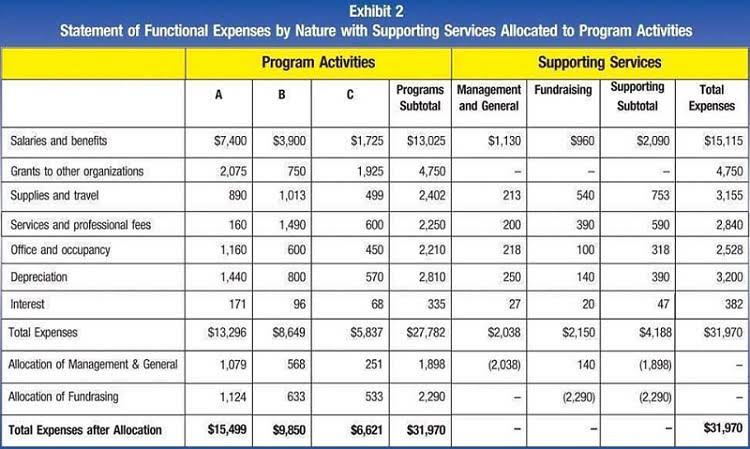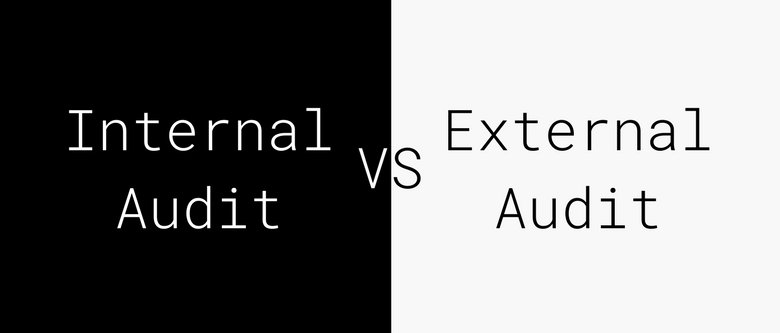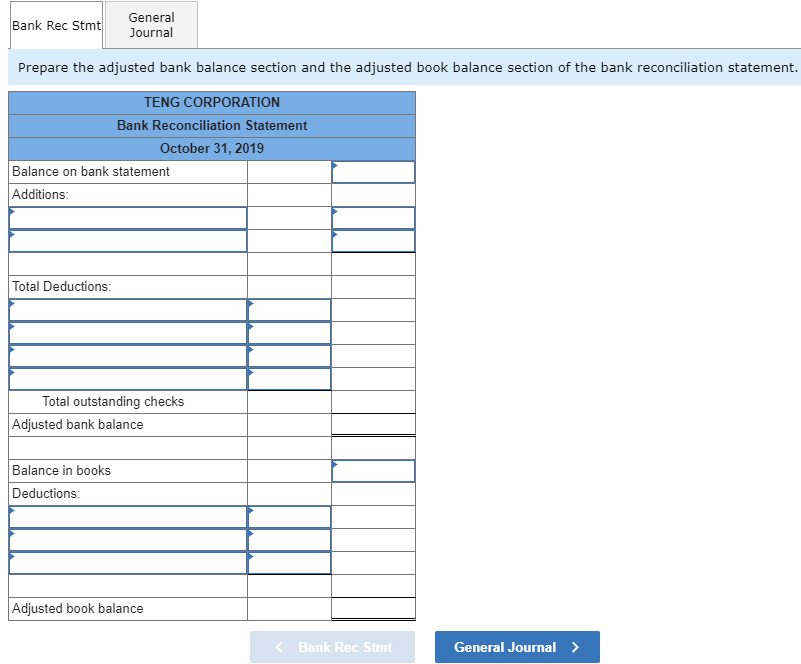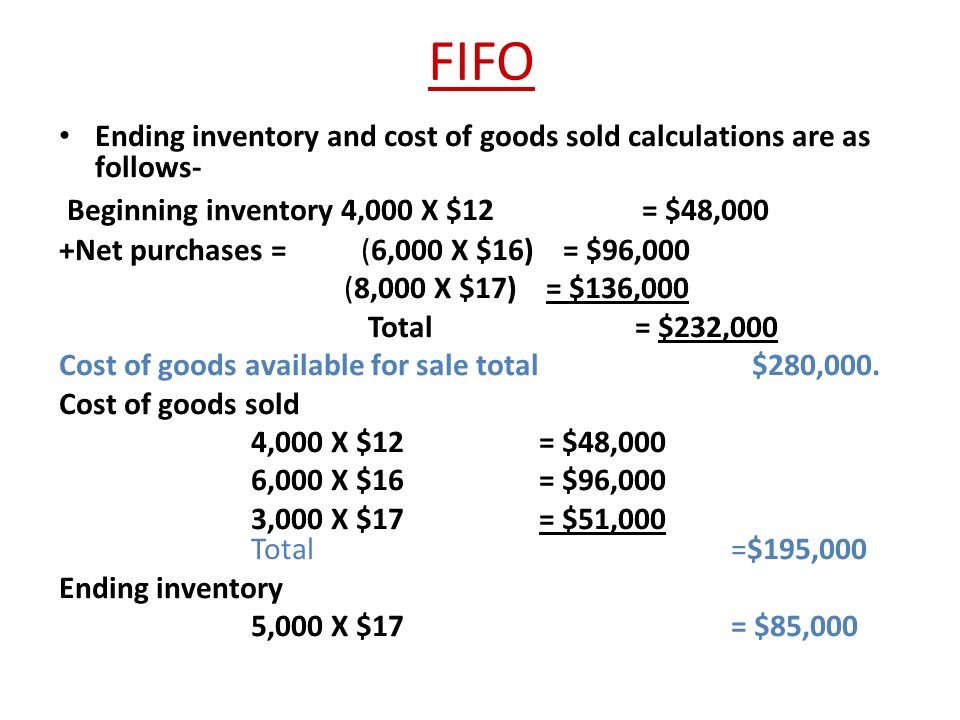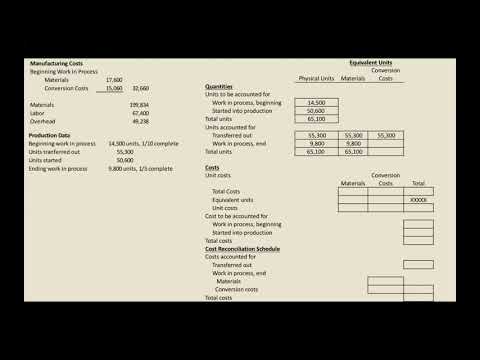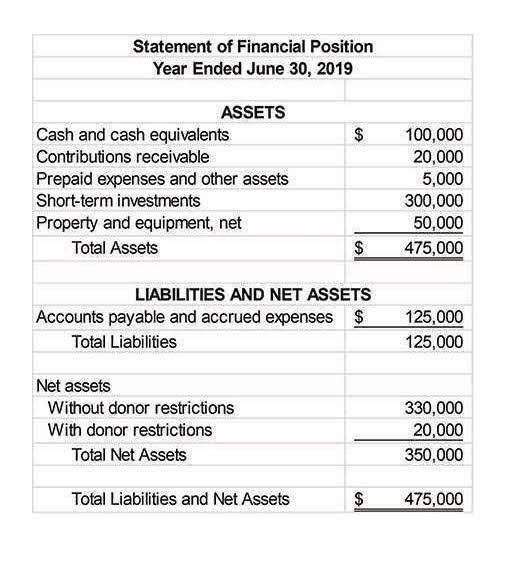Understanding the High-Low Method in Cost Estimation
He has been a manager and an auditor with Deloitte, a big 4 accountancy firm, and holds a degree from Loughborough University. As an example of how to calculate high low method, suppose a business had the following information relating to its costs. This blog post looks deeper into the High-Low Method and uncovers its practical applications in cost estimation.
- This method calculates variable cost per unit based on these extremes, then applies it to determine the total fixed costs.
- The fixed cost can be calculated once the variable cost per unit is determined.
- In order to help you advance your career, CFI has compiled many resources to assist you along the path.
- Use the number of products shipped, customers served or similar unit measure rather than costs to identify the highest activity levels.
Calculating the Variable Cost
Fixed costs typically include rent, insurance, salaries, and depreciation, which remain stable within a specific range of activity. High low method is the mathematical method that cost accountant uses to separate fixed and variable cost from mixed cost. We use the high low method when the cost cannot clearly separate due to its nature. Mixed cost is the combination of variable and fixed cost and it is also called “Semi Variable Cost”. This method also simplifies financial data for decision-makers, enabling businesses to craft accurate financial forecasts and adjust strategies accordingly. By clarifying cost behavior, managers can identify inefficiencies, such as high variable costs, which may indicate the need to renegotiate supplier contracts or streamline production processes.
Analyst Certification FMVA® Program
Let us try to understand the concept of high-low method total cost formula with the help of some suitable examples. CFI is the global institution behind the financial modeling and valuation analyst FMVA® Designation. CFI is on a mission to enable anyone to be a great financial analyst and have a great career path. In order to help you advance your career, CFI has compiled many resources to assist you along the path.
23,000 hours are expected to be worked in the first quarter of the how much does a small business pay in taxes next year. The chosen periods should reflect normal operations and align with reporting standards like GAAP or IFRS to maintain consistency in financial reporting. Data x represents the number of units while y represents the corresponding cost. For example, the table below depicts the activity for a cake bakery for each of the 12 months of a given year. The following are the given data for the calculation of the high-low method.
High-Low Method vs Regression Analysis
The method derives its name from selecting the highest and lowest activity levels to calculate the variable and fixed costs. Select periods with the highest and lowest activity levels, such as monthly production volumes, to calculate the variable cost per unit. These periods should reflect normal operations, excluding anomalies, and align with reporting standards like GAAP or IFRS for consistent financial reporting. People use the High-Low Method to estimate costs, separate fixed and variable components, and make informed decisions. It helps businesses understand cost structure, predict costs at different activity levels, and optimize resource allocation.
The high-low method offers a practical solution for addressing mixed costs, simplifying financial reporting. By breaking down mixed costs, companies can ensure compliance with tax regulations and better understand deductible expenses, impacting their effective tax rate and overall financial health. This method also supports accountants in refining financial projections and tax strategies, ensuring alignment with statutory requirements.
How do you calculate variable costs using the high-low method?
- For complex scenarios, alternate methods should be considered such as scatter-graph method and least-squares regression method.
- He has been a manager and an auditor with Deloitte, a big 4 accountancy firm, and holds a degree from Loughborough University.
- For companies with fluctuating or irregular costs, alternative cost estimation methods may offer a more accurate picture of expenses.
- Cost estimation helps in decision-making, such as determining the feasibility of projects, optimizing resource allocation, and identifying areas for cost reduction or efficiency improvement.
- Assuming the fixed cost is actually fixed, the change in cost must be due to the variable cost.
The high-low method is a straightforward, if not slightly lengthy, way to figure out your total costs. The high-low method can be done graphically by plotting and connecting the lowest point of activity and the highest point of activity. The y-intercept (value of y when x is zero) would be equal to the fixed cost. The high-low method can also be done mathematically for accurate computation.
High-low method
Unfortunately, the only available data is the level of activity (number of guests) in a given month and the total costs incurred in each month. Being a new hire at the company, the manager assigns you the task of anticipating the costs that would be incurred in the following month (September). The fixed cost is determined by calculating the variable costs using the rate calculated above and the number of units, and deducting this from the total cost. This calculation can be done using either the high or low values, but both are shown below for comparison.
It uses only the lowest and highest production activities to estimate the variable and fixed cost, by assuming the production quantity and cost increase in linear. It ignores the other points of productions, so it may be an error when the cost does not increase in a linear graph. Fixed costs can be found be deducting the total variable cost for a given activity level (i.e. 6000 or 4000) from the total cost of that activity level. Although easy to understand, high low method may be unreliable because it ignores all the data except attestation services for the two extremes. It can be argued that activity-cost pairs (i.e. activity level and the corresponding total cost) which are not representative of the set of data should be excluded before using high-low method. The high or low points used for the calculation may not represent the costs normally incurred at those volume levels due to outlier costs that are higher or lower than would normally be incurred.
Step 3: Calculating the Fixed Cost
Whether it’s to figure out the profitability of a product, or getting an overview of the overall financial health of your business. There are a number of accounting techniques used throughout the business world. Due to its unreliability, high low method should be carefully used, usually in cases where the data is simple and not too scattered. For complex scenarios, alternate methods should be considered such as scatter-graph method and least-squares regression method. The high-low method only requires the high and low points of the data and can be worked through with a calculator. However, the formula does not take inflation into consideration and provides a very rough estimation because it only considers the extreme high and low values, and excludes the influence of any outliers.
The high-low method is used to calculate nonprofit board president responsibilities the variable and fixed costs of a product or entity with mixed costs. It considers the total dollars of the mixed costs at the highest volume of activity and the total dollars of the mixed costs at the lowest volume of activity. The total amount of fixed costs is assumed to be the same at both points of activity.
Difference between highest and lowest activity units and their corresponding costs are used to calculate the variable cost per unit using the formula given above. Understanding the concept of the high-low method is imperative because it is usually used in preparing the corporate budget. It is used in estimating the expected total cost at any given level of activity based on the assumption that past performance can be practically applied to project cost in the future. The underlying concept of the method is that the change in the total costs is the variable cost rate multiplied by the change in the number of units of activity.
The high-low method is particularly beneficial for small business owners, financial analysts and accountants who need a quick and simple way to estimate fixed and variable costs. It’s especially useful when detailed cost data is limited, allowing for rapid approximations of cost behavior to inform budgeting and decision-making processes. The high-low method helps companies estimate costs quickly and can empower them to predict future expenses for different production levels. This method is especially useful for companies with seasonal production fluctuations, as it helps to set cost baselines and identify how fixed and variable costs impact overall spending.



